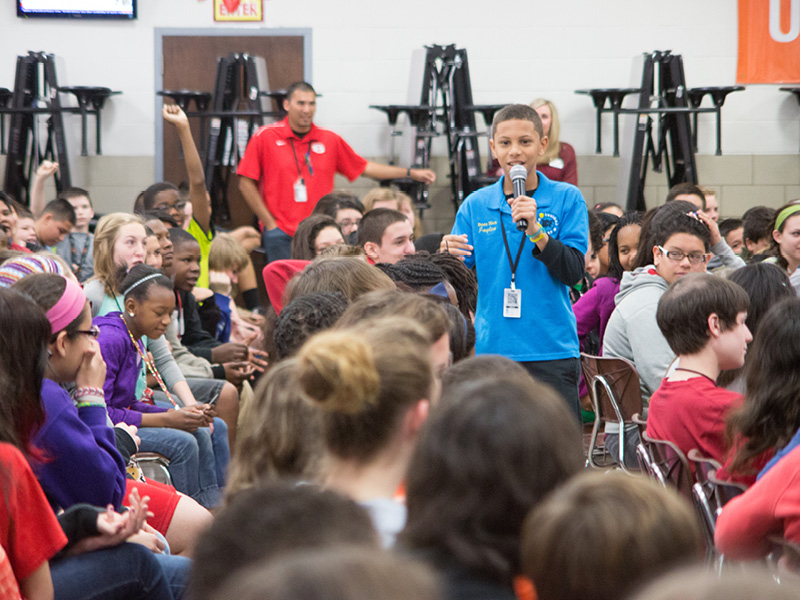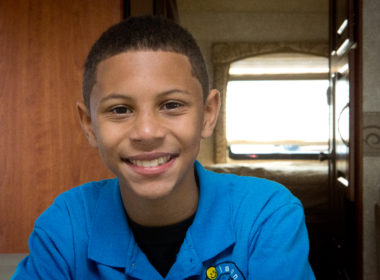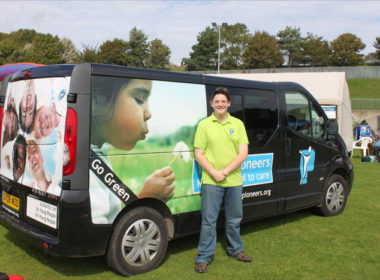Over 3.2 million students are victims of bullying each year.
Approximately 160,000 teens skip school every day because of bullying.
The effects of bullying can attack a child’s well being. It can severely impact their mental health, drive them to substance abuse, and elevate the risk of suicide. It has no place in today’s society, and we’re working with programs to help children maintain high self-esteem and a sense of well-being to eliminate bullying all together.
A LIFE SAVED
Several years ago, our 2014 Youth Award Honoree Jaylen Arnold was giving a presentation on the effects of bullying at a middle school in Florida. After the presentation, a girl named Rose approached him and confided in him that she was planning to commit suicide that night. She even showed Jaylen the marks on her arms where she had been cutting.
Because of Jaylen’s presentation through his nonprofit organization, Jaylen’s Challenge, he was able to connect and intervene. Rose told him that she didn’t want to die anymore, and with resources Jaylen was able to pull together, they saved her life.

OUR HONOREES WHO ARE BATTLING THIS ISSUE
Data and statistics have been compiled from:








